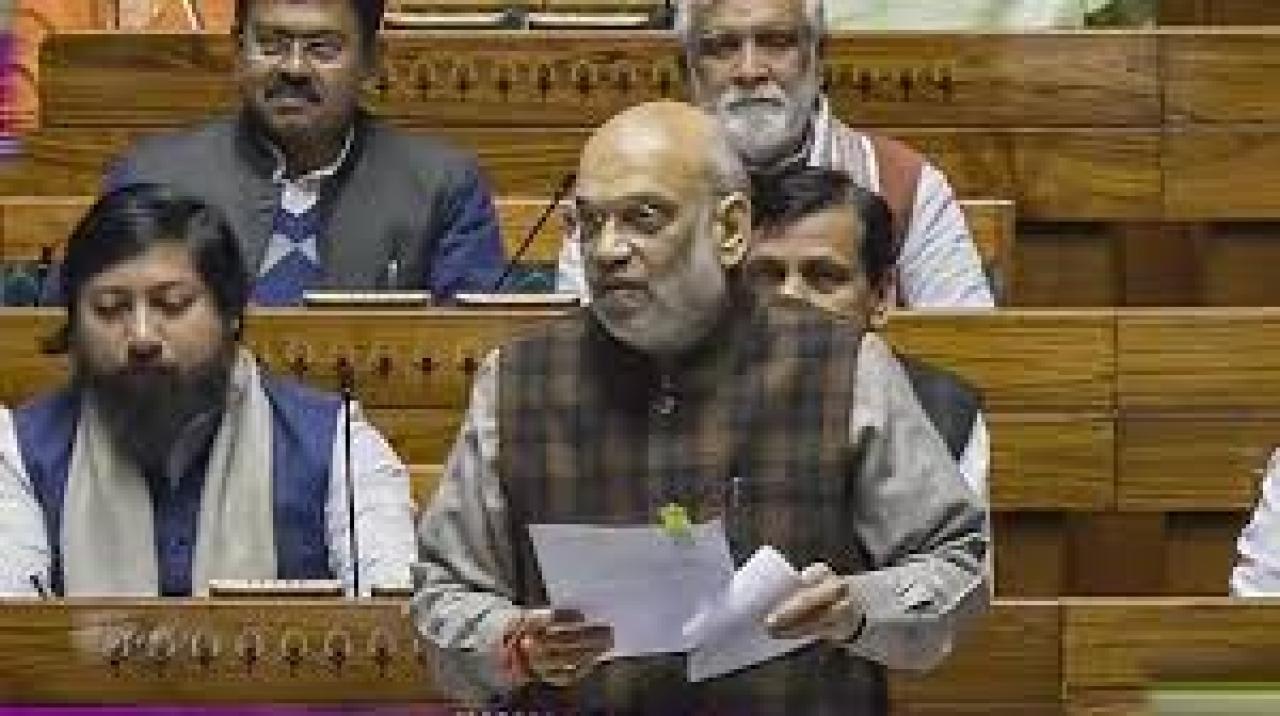
IPPs (independent power producers) were created under Government’s power policies, which were promulgated over the years to attract investment into Pakistan’s power sector on the basis of projected capacity growth and power demand planning by the Government. The investors executed standard concession agreements developed and guaranteed by the Government of Pakistan; and then raised finance to construct and operate the projects costing millions of dollars. There is no firm evidence or proof that these investors fraudulently misused or abused the policies put in place by the Government.
If there were any such evidence, then the rule of law should have been allowed to prevail and the particular IPPs should have been brought to court, charged and convicted. The IPPs set up on a cost-plus basis were required to procure their contracts through an international competitive bidding process with strict oversight by NEPRA, the power sector regulator. Currently, negotiations are ongoing to force IPPs to change their contractual conditions in a misplaced effort to reduce tariff.

It is clear that the approach being taken is not very productive or well-thought-out; the power cost in Pakistan, without question, is very high and needs to be reduced, but the method should be better thought out, legal and forward-looking. Watertight contracts guaranteed by the Government of Pakistan are in place and violating such contracts only hits the credibility and standing of Pakistan. Is this a good idea? Obviously not as the long-term repercussions are being totally ignored and are bound to have a damaging impact much greater than the benefit achieved through this rough shod arm-twisting.
We need to take a step back, or a couple of steps back, and re-think whether we are working in Pakistan’s best interest or not. Taking important measures in haste, in a rushed manner, is never a good idea and the involvement and undue pressure from the establishment is certainly not desirable. If we think through the issues, there are bound to be better options that can achieve the same or better results, while remaining within the contractual bounds.
The promises made by countries are sacrosanct, and breaking them can compromise decades of effort and damage the reliability and credibility of a country. When previously courting foreign investors, we always argued that there may have been delays in payments of power sector dues, but there has never been a default. But the forced change of contractual provisions is defaults – this must be recognized and there should be no doubt about this.
At present, Pakistan’s risk ranking, be it political, economic, security, regulatory or financial, is very high. EKN places Pakistan’s country risk in class 7 out of a scale of 0 to 7. Coface gives Pakistan a C-rating, which indicates a very uncertain political and economic outlook.
S&P Global Ratings states that Pakistan’s ratings are affirmed at ‘CCC+’, indicating a very high level of credit risk and significant financial risk. Allianz’s country risk rating gives Pakistan a D4, the highest possible risk rating considering commercial, financial, business environment, political and economic risk. Fitch states that Pakistan has a rating of ‘CCC+’ on the Long-Term Foreign-Currency IDR scale.
Transparency International Corruption Index gives Pakistan a rating of 29, where 0 is bad and 100 is good. The World Bank Control of Corruption Percentile Rank states that Pakistan has a rating of 23, where 0 is bad and 100 is good. Pakistan faces security challenges from Tehreek-e-Taliban Pakistan (TTP).
Pakistan’s political landscape has been tumultuous in recent years, and the looming economic crisis threatens its political stability. Pakistan is obviously not a favoured investment destination, and the steps being taken will certainly worsen the outlook. We should be sure that Pakistan’s risk profile will further suffer as a result of the current crisis and strong-arm attempts to resolve it.
Higher risk means that investors are not easily convinced to invest and if they do, it is at very high rates of return and shorter time horizons. Pakistan, being at the receiving end, dependent on such investment, will be forced to accept those terms. Decision-makers should consider the medium- to long-term impacts of making Pakistan an increasingly riskier investment destination and its effects on the future cost of power due to costlier power plants and higher returns demanded by investors.
Countries such as Germany and Saudi Arabia are already expressing serious concerns regarding the one-sided negotiations currently taking place. So, the question arises whether there are better and more effective ways to achieve the same objectives? The answer is yes. But we need more consultation and discussion with experts who understand the sector and its issues, and we need to adopt a cost-benefit approach.
What are the steps that can be taken which will yield the maximum benefits with the minimum damage? A study of the power sector will show that the benefits yielded by this strong-arm approach will yield minimum benefits with the maximum damage. Is this a good approach? We think not. A careful analysis is required to see the benefits of fixing the different segments of the power sector i.
e. 1994 IPPs, 2002 IPPs, Discos, transmission & distribution losses, CPEC IPPs, WAPDA hydropower, Government nuclear plants, ex WAPDA Gencos etc. The most important criteria would be to remain within contractual bounds to keep Pakistan’s country risk under control and first targeting those sectors that would yield the maximum benefit, i.
e. reduction in the electricity tariff of the ordinary electricity customer. The most logical route would be terminating power projects under the contractual provisions and designating them as merchant plants to keep generating and supplying power on a merit order basis either to the grid or to third parties.
This would kick-start the competitive electricity market without violating the IPP contractual provisions, and would yield the maximum benefit and be a win-win for all stakeholders. Benefits and damage are of course not only those that are clearly visible and quantifiable but also those that may not be clearly visible and relate to reputational damage and higher future return expectations of investors, eventually resulting in higher electricity prices. Thus, a broad-brush approach should be avoided and more thought given to our own goals, interests, and targets which should be clearly defined and understood.
The power projects should be divided into four categories; (a) thermal plants operating on imported fuel; (b) thermal plants operating on local fuel; (c) nuclear power plants; and (d) renewables i.e. hydropower, wind and solar.
The intensity of the negotiations would vary and depend on our long-term policy priorities, objectives, and future requirements for investment in that sector. We should certainly carry out strong negotiations within the bounds of our contractual commitments without shooting ourselves in the foot! The objective of reducing the burden of electricity cost on the ordinary public is a noble cause, but the present methodology being adopted to achieve this is not in the best interest of Pakistan. We should think intelligently and clearly for the sake of the country.
Copyright Business Recorder, 2024.














